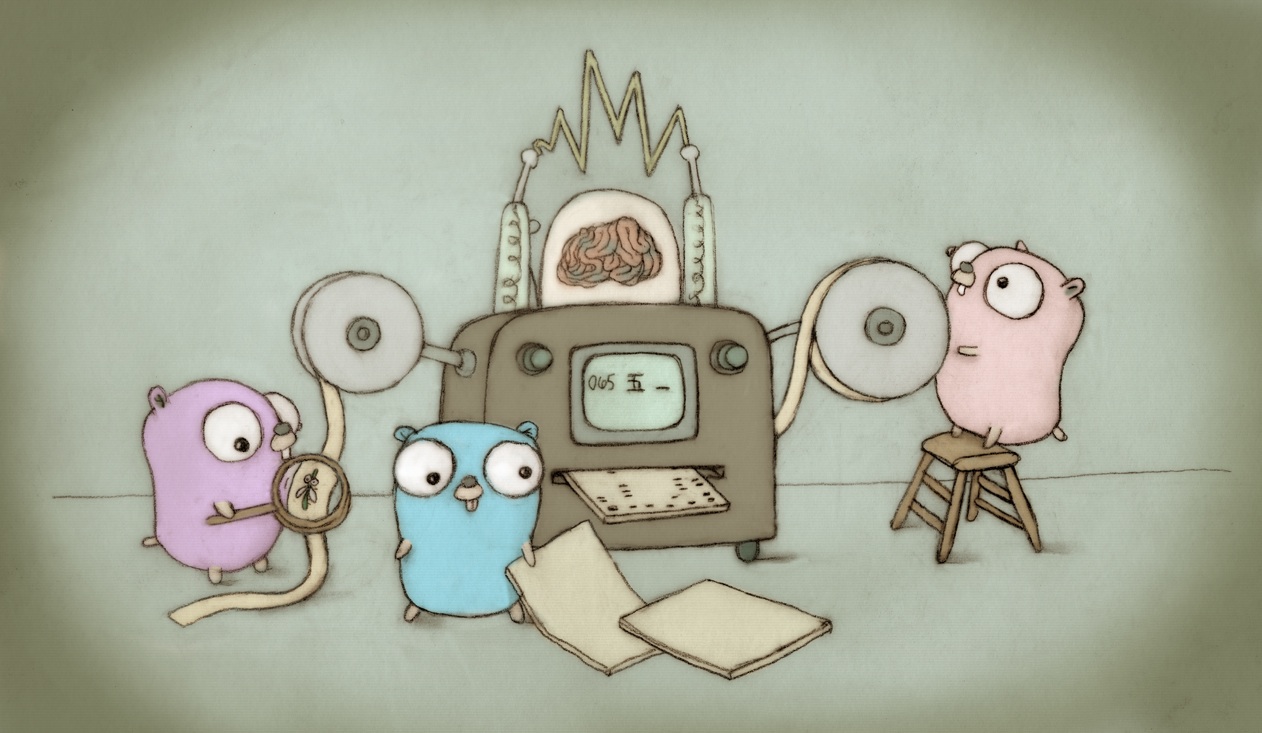The spec section on conversions uses the terms "slice of bytes" and
"slice of runes". While not obviously clear, what is meant are slice
types whose element types are byte or rune types; specifically the
underlying types of the slices' element types must be byte or rune.
Some of this was evident from the examples, but not all of it. Made
this clearer by adding more examples illustrating various permitted
conversions.
Note that the 1.17 compiler did not accept the following conversions:
string([]myByte{...})
string([]myRune{...})
myString([]myByte{...})
myString([]myRune{...})
(where myByte, myRune, and myString have underlying types of byte,
rune, and string respectively) - it reported an internal error.
But it did accept the inverse conversions:
[]myByte("...")
[]myRune("...")
[]myByte(myString("..."))
[]myRune(myString("..."))
The 1.18 compiler made those conversions symmetric and they are now
permitted in both directions.
The extra examples reflect this reality.
Fixes #23814.
Change-Id: I5a1c200b45ddd0e8c0dc0d11da3a6c39cb2dc848
Reviewed-on: https://go-review.googlesource.com/c/go/+/412094
Reviewed-by: Robert Griesemer <gri@google.com>
Reviewed-by: Ian Lance Taylor <iant@google.com>
|
||
|---|---|---|
| .github | ||
| api | ||
| doc | ||
| lib/time | ||
| misc | ||
| src | ||
| test | ||
| .gitattributes | ||
| .gitignore | ||
| AUTHORS | ||
| codereview.cfg | ||
| CONTRIBUTING.md | ||
| CONTRIBUTORS | ||
| LICENSE | ||
| PATENTS | ||
| README.md | ||
| SECURITY.md | ||
The Go Programming Language
Go is an open source programming language that makes it easy to build simple, reliable, and efficient software.
 Gopher image by Renee French, licensed under Creative Commons 3.0 Attributions license.
Gopher image by Renee French, licensed under Creative Commons 3.0 Attributions license.
Our canonical Git repository is located at https://go.googlesource.com/go. There is a mirror of the repository at https://github.com/golang/go.
Unless otherwise noted, the Go source files are distributed under the BSD-style license found in the LICENSE file.
Download and Install
Binary Distributions
Official binary distributions are available at https://go.dev/dl/.
After downloading a binary release, visit https://go.dev/doc/install for installation instructions.
Install From Source
If a binary distribution is not available for your combination of operating system and architecture, visit https://go.dev/doc/install/source for source installation instructions.
Contributing
Go is the work of thousands of contributors. We appreciate your help!
To contribute, please read the contribution guidelines at https://go.dev/doc/contribute.
Note that the Go project uses the issue tracker for bug reports and proposals only. See https://go.dev/wiki/Questions for a list of places to ask questions about the Go language.